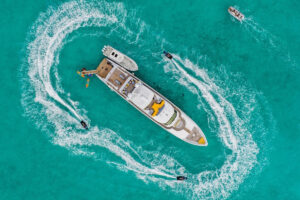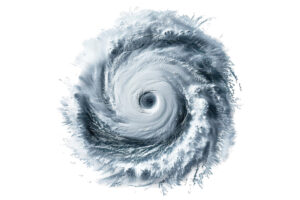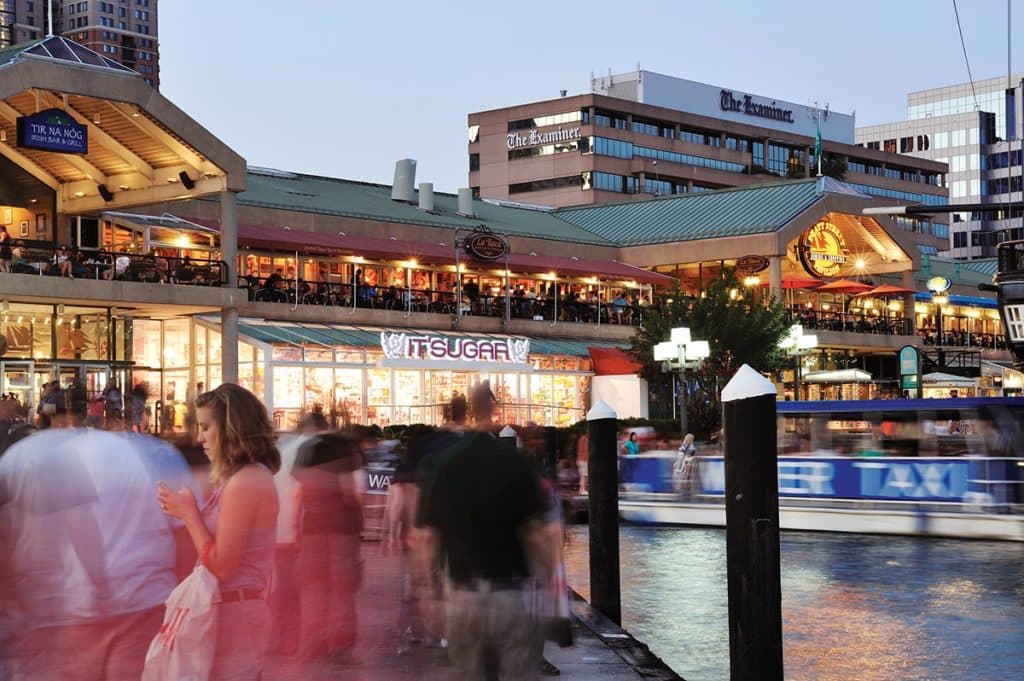
They built some of the first roads leading to Lexington Market by following the ruts and tracks that horse-drawn wagons left in the grass and dirt. Butter, eggs and vegetables came from nearby farms, and delicacies like sugar arrived in the hands of couriers from ships about a mile away in the harbor.
The young city of Baltimore at the turn of the 19th century was building its profits on, among other things, being a granary. Plantations on Jamaica, Martinique and other Caribbean islands grew the sweet stuff, and Baltimore processed and distributed it in bags to homes and restaurants alike. A lot of people got their sugar fix at Lexington Market, which, founded in 1782, was born pretty much right alongside the United States itself.
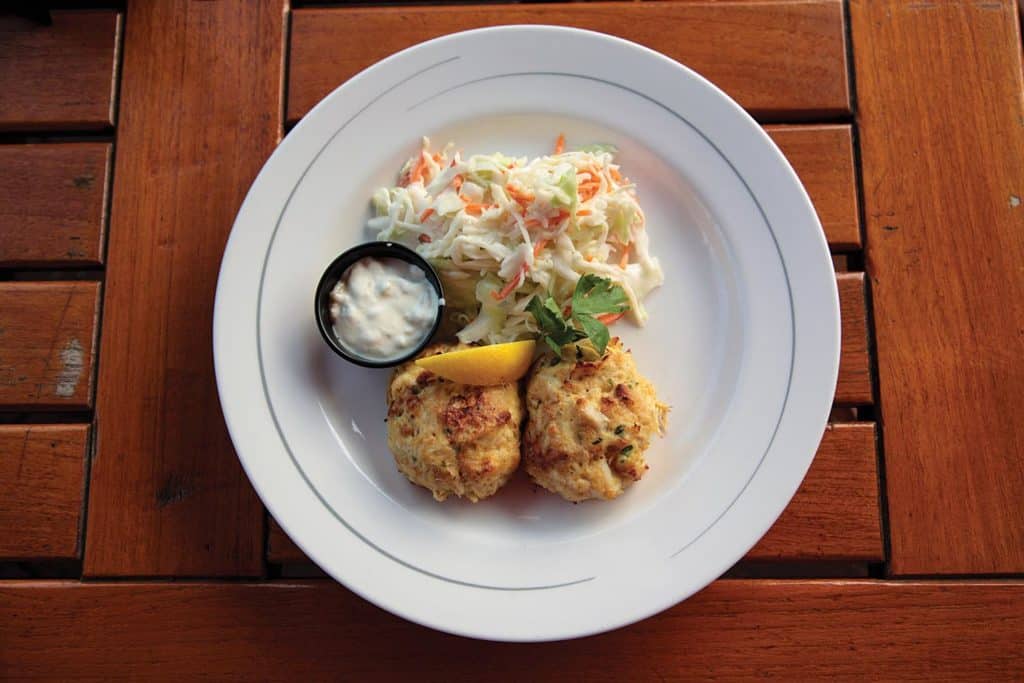
Cruising into the harbor today and walking west to Lexington Market is, of course, a different experience, one that starts with the Inner Harbor’s family-friendly attractions. But if you keep going, less than a mile, into the mess of grocers and bakers and delis and more, you will find yourself immersed in a bit of Baltimore’s Old World charm.
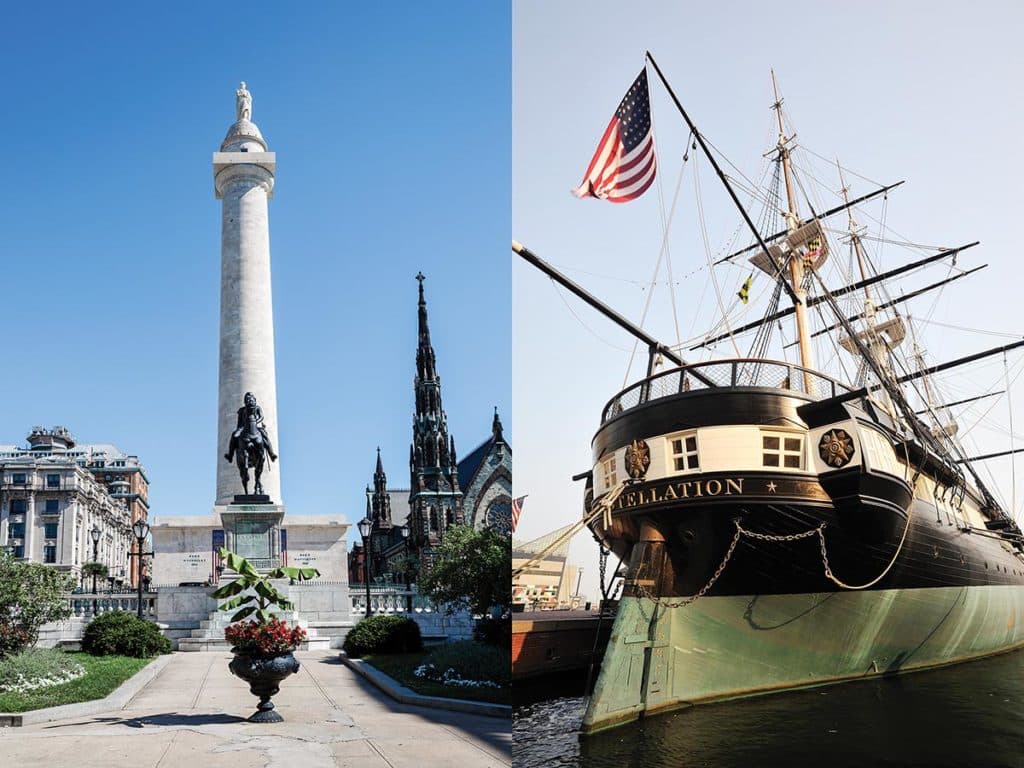
Sure, the Blue Island Malaysian stall inside Lexington Market is a nod to modern multiculturalism, and the Asian-inspired barbecue at Angie’s Soul Food would have seemed like an invasion of the East to early American colonists, but grab a smoked ham or some oxtails from Amos Meats, or some freshly caught flounder from Harbor Fish, or a handful of potatoes at Leslie’s Produce, and you might as well be back in the early 1800s. Hands have been reaching for the choicest cuts here for centuries. Heck, yours won’t even be weather-worn like the sailors’ of old, given that you’ll probably have cruised into the harbor in an enclosed cockpit as opposed to a storm-beaten schooner.
Can you imagine a better place to provision? Or, simply, to imagine? Look up at what other boaters’ eyes have seen. Look down at where other sailors’ feet have stepped. And wonder what, in the future, may get built in your tracks.
What To Do
ODE TO A RESIGNATION
Atop his monument in Baltimore, George Washington is depicted resigning as the Continental Army’s commander — not because people were happy about the act, but because it took place at the nearby Maryland State House.
THE MOBY-DICK LINK
Herman Melville referenced Baltimore’s version of the Washington Monument in Moby-Dick, writing, “His column marks that point of human grandeur beyond which few mortals will go.”
FOREVER BALTIMORE
Crab cakes can be found in lots of places today, but the name was coined as the Baltimore Crab Cake by Crosby Gaige, who published the New York World’s Fair Cookbook in 1939.
AFLOAT AT PIER 1
While in Baltimore, you can tour the USS Constellation. Uniformed crew members are on all four decks to answer questions, and an audio tour is available.
GUNS AND THE GALLEY
Tours of the USS Constellation can include “living history” experiences like gun drills and a peek inside the galley.

